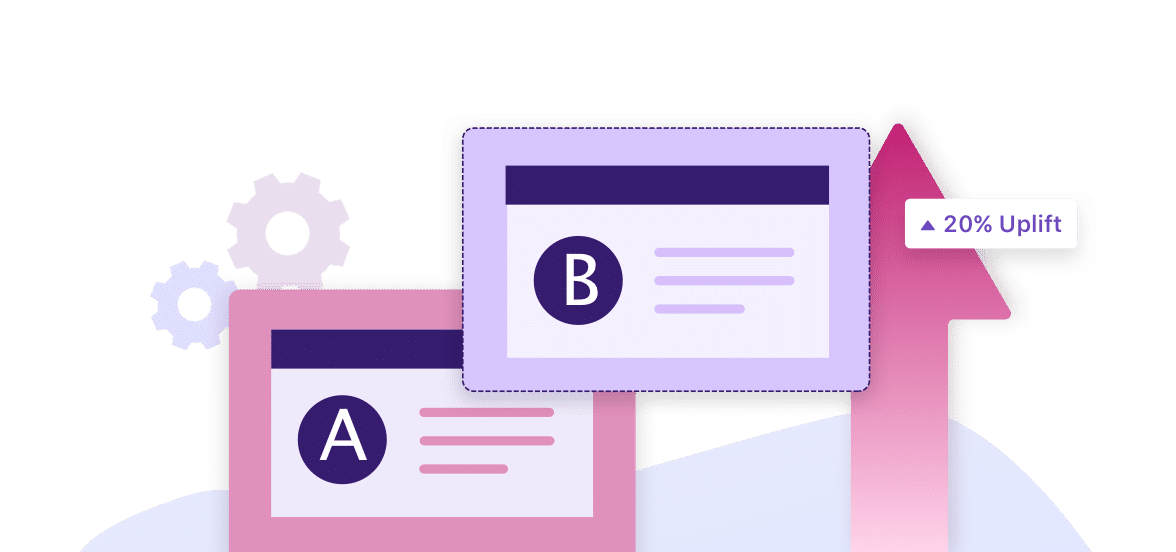Introduction
A/B testing is a crucial technique in digital advertising that allows marketers to optimize their campaigns and improve their return on investment (ROI). By comparing two versions of an ad, marketers can identify which one performs better and make data-driven decisions to enhance their advertising efforts. In this article, we will explore the importance of A/B testing for digital ads and provide a step-by-step guide on how to conduct effective tests.
Why Should You A/B Test Your Digital Ads?
A/B testing is essential for several reasons:
1. Improve Ad Performance
By testing different variations of your ads, you can identify which elements resonate best with your target audience. This allows you to refine your messaging, design, and call-to-action to maximize engagement and conversions.
2. Increase Conversion Rates
A/B testing enables you to optimize your landing pages and ad copy to drive higher conversion rates. By identifying the most effective combination of headlines, images, and content, you can create a seamless user experience that encourages visitors to take the desired action.
3. Reduce Ad Spend
Through A/B testing, you can identify underperforming ads and eliminate them from your campaigns. This helps you allocate your budget more efficiently, focusing on the ads that generate the best results and reducing wasted ad spend.
4. Gain Insights into Audience Preferences
A/B testing provides valuable insights into your target audience’s preferences and behavior. By analyzing the data collected from your tests, you can understand what resonates with your audience, allowing you to create more targeted and effective ads in the future.
How to Conduct A/B Testing for Digital Ads
Follow these steps to conduct effective A/B tests for your digital ads:
Step 1: Define Your Goals
Before starting any A/B test, clearly define your goals. What do you want to achieve with your ads? Is it increased click-through rates, higher conversion rates, or improved brand awareness? Setting specific goals will help you measure the success of your tests accurately.
Summary
A/B testing involves creating two variations of an ad, typically with a single element changed, such as the headline, image, or call-to-action. These variations are then randomly shown to different segments of the target audience, and their performance is measured against a specific goal, such as click-through rates or conversions.
The purpose of A/B testing is to identify which version of the ad resonates better with the audience and drives the desired actions. By analyzing the data collected from the test, advertisers can make data-driven decisions to optimize their ad campaigns and allocate their budget more effectively.

In this blog post, we will explore the step-by-step process of conducting A/B tests for digital ads. We will discuss the importance of defining clear objectives, selecting relevant metrics, creating meaningful variations, and interpreting the i was reading this results. Additionally, we will highlight the benefits of A/B testing and provide practical tips to help you get started with your own experiments.
- Q: What is A/B testing for digital ads?
- A: A/B testing for digital ads is a method of comparing two different versions of an ad to determine which one performs better.
- Q: How does A/B testing work?
- A: A/B testing involves creating two variations of an ad (A and B) that differ in one specific element, such as the headline or image. These variations are then shown to different segments of the target audience, and their performance metrics are compared to determine the more effective version.
- Q: Why should I do A/B testing for digital ads?
- A: A/B testing allows you to optimize your ad campaigns by identifying the elements that resonate best with your audience. It helps you make data-driven decisions, improve conversion rates, and maximize the return on your advertising investment.
- Q: What elements can I test in A/B testing for digital ads?
- A: You can test various elements, including headlines, images, call-to-action buttons, ad copy, colors, layouts, and targeting options. It is important to test one element at a time to accurately measure its impact on ad performance.
- Q: How long should I run an A/B test for digital ads?
- A: The duration of an A/B test depends on factors such as the size of your audience and the amount of traffic your ads receive. It is recommended to run tests for at least a few days to gather sufficient data for reliable conclusions.
- Q: How do I measure the success of A/B testing for digital ads?
- A: The success of A/B testing is measured by comparing key performance indicators (KPIs) such as click-through rates (CTR), conversion rates, engagement metrics, and ultimately, the desired action you want users to take (e.g., making a purchase or filling out a form).
- Q: What tools can I use for A/B testing digital ads?
- A: There are several tools available for A/B testing digital ads, including Google Optimize, Optimizely, VWO, and Adobe Target. These tools provide user-friendly interfaces and statistical analysis to help you




